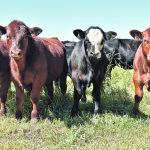The Saskatchewan government has asked for an AgriRecovery assessment due to drought. The assessment will determine what help livestock producers could receive. “Many producers across Saskatchewan are facing extraordinary costs to ensure their animals are taken care of,” said agriculture minister David Marit. “We need to move quickly to consider all relief options, including an […] Read more
 Livestock Management
Livestock Management
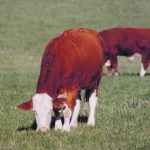
Research identifies cow efficiency
Study finds gain-to-feed ratio not the best measurement for cows; ability to maintain condition and calve more important
Forage-efficient cows maintain their back fat during winter, calve earlier in the calving season and wean heavier calves relative to their own weight, according to a University of Saskatchewan study. Dr. Greg Penner said the study shows how cow-calf producers can assess their cows without relying on feed-use efficiency, which is a typical measurement. “In […] Read more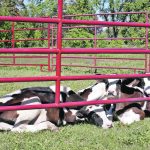
Emerging genetic defect in Holstein uncovered
North American dairy breeding groups are providing early advice to protect herds against a newly discovered and potentially fatal genetic defect affecting Holstein calves. The first official word on the defect, referred to as calf recumbency, came through a joint news release on April 3 from the U.S. Council on Dairy Cattle Breeding (CDCB), Holstein […] Read more
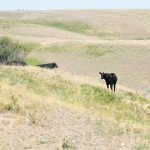
Remote delivery of antimicrobials should be a last resort
It’s a dilemma. We have an animal on pasture that requires antimicrobial treatment for a condition such as foot rot or pneumonia. If the pasture is remote or has no handling facilities nearby, your treatment choices are limited. You may rope and restrain the animal to administer an injectable, long-acting antibiotic or you can try […] Read more

New livestock investigator joins RCMP in Sask.
Officer started work last October in a position that has existed in Alberta and British Columbia but not in Saskatchewan
Cpl. Owen Third worked at the RCMP for 18 years before becoming livestock investigator, a role new to the RCMP. With two in Alberta and one in British Columbia, he said it was time Saskatchewan had one, as well. “When I started at the beginning of October, it was number one, getting to know people […] Read more
CCA pushes to exclude U.K. from CPTPP
The Canadian Pork Council, the Canadian Cattle Association and the Canadian Meat Council strongly oppose Britain joining the CPTPP. The stance is an unusual one for Canada's red meat sector, which normally supports open markets and free trade.

Dryness helps push up feedgrain prices
As dry conditions continue to take root across much of the Canadian Prairies, feedgrain prices have for the most part been climbing, according to Susanne Leclerc of Market Master Ltd. in Edmonton. “The futures are coming up on quite a few commodities, so the prices have been coming up slightly,” Leclerc said about feedgrains. “It’s […] Read more

More positive TB tests from Sask. herd
The number of positive cases of bovine TB in a Saskatchewan herd has risen to eight. The Canadian Food Inspection Agency updated the ongoing investigation and testing July 12. Live animal testing of one contact herd is continuing this month, and trace-out and trace-in herds are still being identified. So far, 160 animals have been […] Read more

Sask. tracing continues in bovine TB case
About 160 cattle from a Saskatchewan herd have been destroyed after two animals from the herd tested positive for bovine tuberculosis. The cases were confirmed June 19 after the two animals were sent to a slaughter facility in the United States in February. The Canadian Food Inspection Agency said in a July 10 email that […] Read more
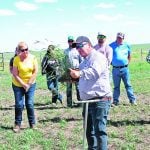
Manure should be applied precisely
Livestock producers are advised to vary their application rates over knolls and hollows and have patience for success
Precision application may not come immediately to mind when it comes to managing cattle manure, but Jeff Schoenau, professor of soil fertility at the University of Saskatchewan and professional agrologist, said it shows benefits for crops and the environment.


 Livestock Management
Livestock Management